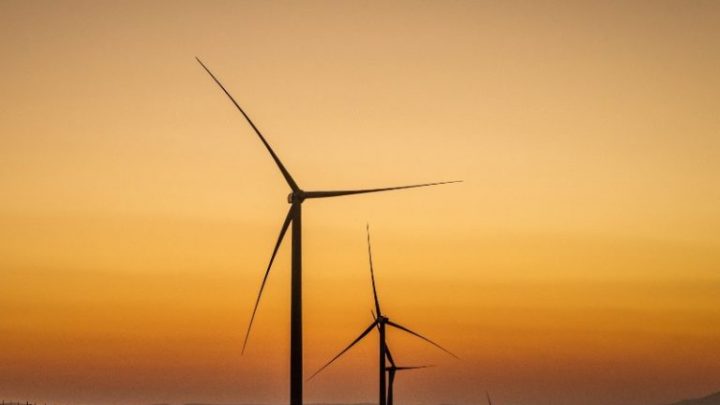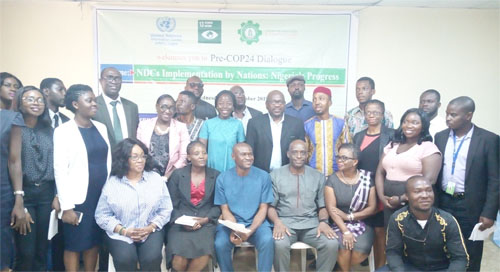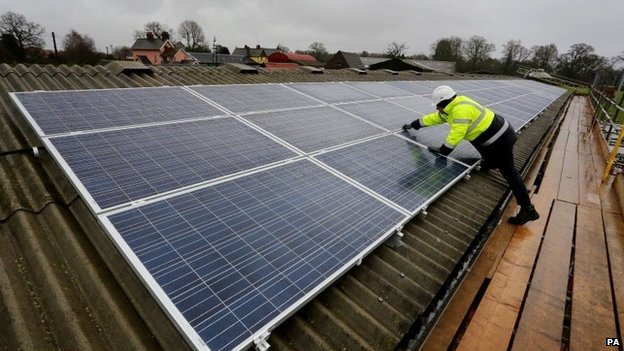The latest data released by the Global Wind Energy Council (GWEC), Africa and the Middle East region installed 821MW of new wind power capacity in 2020, pushing total capacity in the region over 7GW.
While this growth in the region is stable and almost the same level as 2019, despite the COVID-19 pandemic affecting supply chains and project installation in key markets, wind power’s potential in the region is barely scratching the surface.
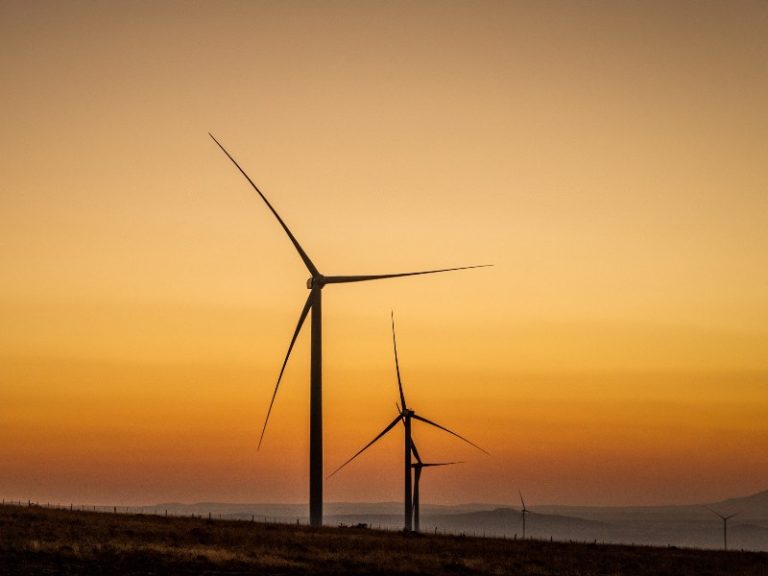
Citing an IFC report, GWEC says the African continent alone has more than 59,000GW of technical wind resource potential. This is enough to power the continent’s energy demand 250 times over. But, the current installed wind power capacity in Africa only accounts for 0.01% of this potential.
The primary market driving growth in the region is South Africa, which installed 515MW of new wind power capacity in 2020. Senegal came in second place for new capacity last year installing 103MW, followed by Morocco (92MW), Jordan (52MW), Iran (45MW), and Egypt (13MW).
Overall, the total wind power capacity in the region is now over seven GW, which helps to avoid 10.7 million tonnes of CO2 emissions annually – equivalent to taking 2.3 million passenger cars off the road.
South Africa remains the number one wind power market in the region with 2.5GW of cumulative wind power capacity installed in the country. The continued growth of the South African wind market is primarily due to the country’s Renewable Energy Independent Power Producer Procurement (REIPPP) programme, which has provided a long-term project pipeline for the industry and attracted investors.
Many African and Middle East countries have not yet tapped into their wind power potential
Feng Zhao, GWEC head of market intelligence and strategy, commented: “Although we saw steady wind power growth in Africa and the Middle East in 2020, we are nowhere close to installing wind power capacity at the levels we could be, considering the massive resource potential in the region. South Africa continues to be the wind power leader in the region, with North African markets such as Morocco and Egypt increasingly driving growth. However, there are many more countries in the region that have yet to tap into their incredible wind power potential”.
“Although Iran and Jordan were the only markets in the Middle East to install new wind power capacity in 2020, this region will also be an increasingly important growth driver for wind power. Countries in the region such as Saudi Arabia that have been historically some of the world’s largest oil & gas producers and highest emitters of CO2 per capita, are now committing to ambitious renewable energy and net-zero targets. However, while it is great to see this level of ambition, it must be backed up by the necessary regulatory frameworks that can provide long-term market visibility to scale-up growth at the right pace,” added Zhao.
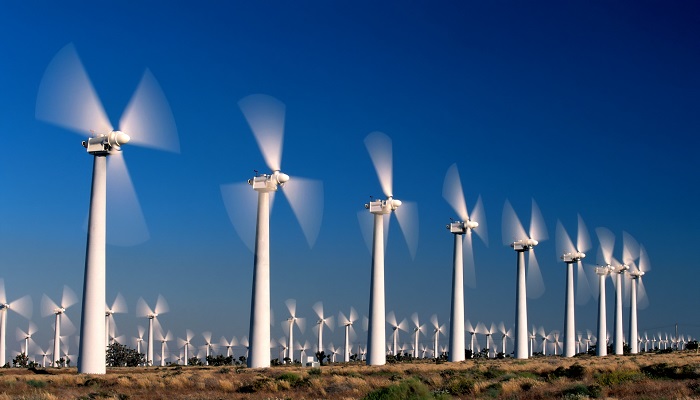
GWEC says tapping into wind power potential would need better public private collaboration
Emerson Clarke, GWEC director of growth & partnerships and Africa task force coordinator pointed out in order to tap into the formidable wind power potential in Africa and the Middle East, firstly political will is needed, followed by an increase in collaboration between the private and public sectors to build a sustainable market and maximise the local socio-economic benefits. “It will also be crucial to build out the region’s electricity and transmission infrastructure to ensure stable and cost-competitive energy access and create opportunities for cross-border energy trading through Power Pools, which will be critical for greater energy security in the region.
“Now is the time to urgently scale-up wind power in the region, and use the technology as driver of local jobs and investment to power a green economic recovery from the pandemic, in line with the region’s Sustainable Development Goals,” said Clarke.
On 25 March, GWEC will release its 16th flagship Global Wind Report, which will provide a comprehensive overview of the global wind industry through the latest market data, country profiles, trends and analysis from GWEC Market Intelligence
Source: ESI Africa



